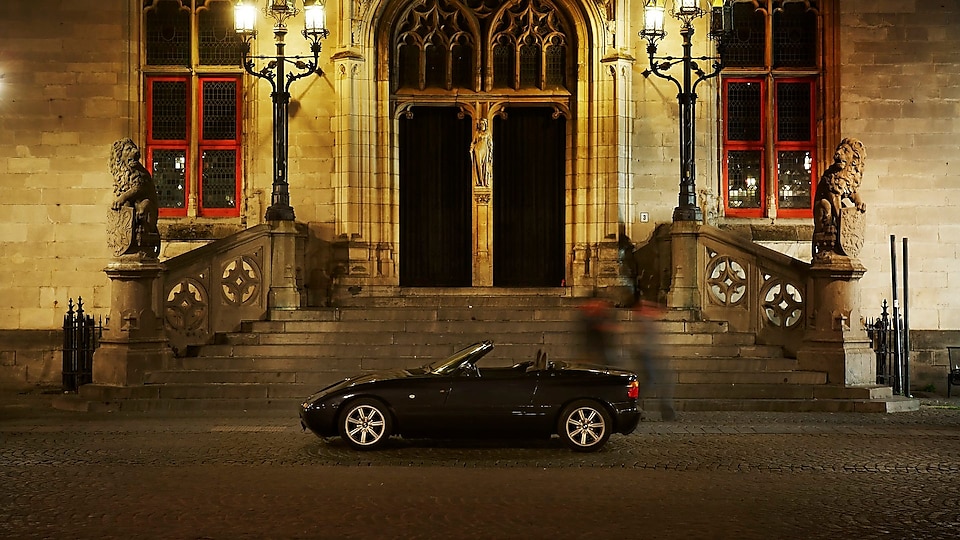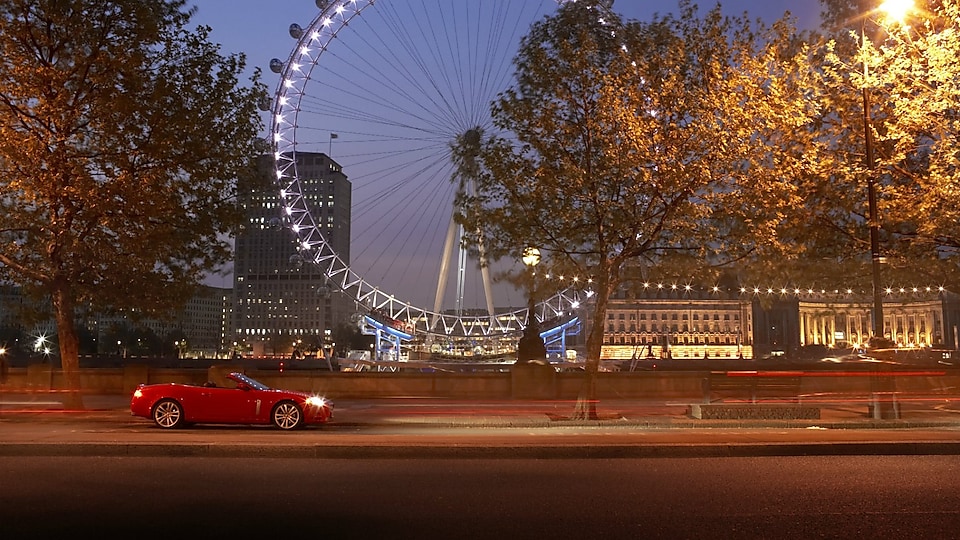
Barcelona
Barcelona, prepare to reveal your night-time secrets. We sent journalist Jane Cloete to the midnight streets of the Catalan capital to find a secret circuit.
I’m here to tackle Barcelona and to explore the best of the city while its inhabitants sleep. I knew Barcelona would be tricky though, as it’s famous for its late-night dining and party atmosphere, but I’m up for the challenge. I begin at the highest point in Barcelona, on the mountain of Tibidabo.
The drive down the steep hill back into town is tight, twisty and fun. If the city centre wasn’t calling, I might be tempted to head along the coast.
First stop is Antoni Gaudi’s Sagrada Familia. It’s almost 11.30pm, but tourists are still milling around the famous Catholic church that’s been under construction since 1882. Barcelona is now synonymous with the architect, and pictures of his signature flamboyant, otherworldly work grace pretty much every printed tourist guide for the city.
Catalan Extravagance
I cruise down Carrer de Provença, one of the long, straight and very wide roads in the Eixample district. After a few blocks it’s a wide left corner into Passeig de Gràcia, Barcelona’s well-known shopping street. Allegedly the most expensive street in the country, it offers up designer stores, excellent restaurants and cafes, plus some of the city’s best-known buildings. I slow down outside another Gaudi building, Casa Mila, appreciating Gaudi’s now recognisable undulating lines and the rather wonderful Espanta Bruixes chimneys.
There’s no point in speeding up, because casa Batlló – yes, another Gaudi building – is soon on my right. The city has considerately placed benches outside the building, and these are now filled with visitors, gawping up as their cameras capture close-ups and wide-angles of Batlló’s animal-mask-like balconies and dragon-spine roof.
The road ends at the famous square Plaça de Cataluña, and I’m just in time to see the last few minutes of the illuminated fountains before they hit their midnight curfew.
I turn down la Rambla, the famed party street with its wide pedestrianised central section, and the youthful revellers up their challenge. They’re not making it easy for me – despite it being a tuesday night, supposedly one of the quietest of the week. The smiling, jovial crowd is being catered to by tapas restaurants, bars, stalls, artists - no one shows any signs of tiring out.
Liechtenstein at the Olympics
I’m not going to win now so, as soon as I can, I turn left into Barri Gòtic, Barcelona’s gothic Quarter. This is the oldest part of the city, and one of the nicest to walk through during the day. At night the atmosphere is quite haunting, and without the crowds you’re able to appreciate the grandeur of places such as the Plaça de Sant Jaume. This square has always been the home of important government buildings – even during Roman times – and today the city hall faces the Palau de la Generalitat (seat of the Catalan government).
I’ve spent a few hours slowly exploring the tangled, narrow streets of the quarter with only a few pedestrians and policemen for company, so it’s off to the waterfront, which has completely changed the face of Barcelona. To get there I drive round the 20-metre-high Roy Lichtenstein sculpture, Barcelona Head, which was inspired by Gaudi and commissioned for the Olympics. To stay close to the sea, I drive up and down he fingers of land that stretch out into the water.
My last hope for peace in the city is back in the quieter gothic Quarter. So, taking the Via Laietana, I pull up outside the Museum of History of Barcelona. It’s 5am and I’m going to enjoy the silence while admiring the building that contains evidence of the city’s 2,000-year past. Just then, the first of the morning’s dog walkers strolls by with a cheery “Buenos dias!” That’s it! Barcelona has beaten me. But with the warmth of its locals, the beauty of its architecture and the vibrancy of its waterfront, I’m happy to admit defeat.

